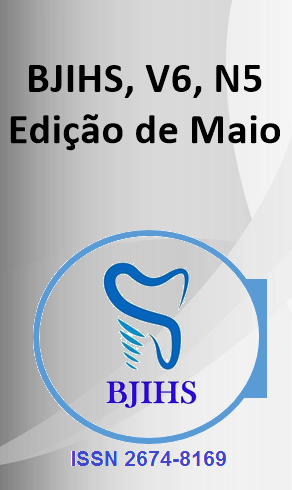Abstract
In the management of atopic dermatitis in children, both pharmacological and non-pharmacological therapies play fundamental roles in addressing this skin condition. These therapies offer a variety of options to control symptoms and improve the quality of life of affected children. However, it is important to understand and carefully evaluate the efficacy, safety, and impact of each therapy, taking into consideration the individual needs of each child.
Exploring pharmacological and non-pharmacological therapies in the management of atopic dermatitis in children requires a comprehensive review of the different available approaches. This includes considering the effectiveness of topical medications such as corticosteroids and immunomodulators in controlling inflammation and reducing symptoms of atopic dermatitis. Additionally, non-pharmacological therapies such as emollients, therapeutic baths, and stress management techniques can also play an important role in symptom relief and maintaining skin health.
In addition to clinical efficacy, it is crucial to consider factors such as potential side effects of medications, tolerability, treatment adherence, and individual preferences of children and their caregivers. Similarly, when assessing non-pharmacological therapies, it is important to examine practicality, acceptability, and impact on the quality of life of the child and their family.
Customizing the management of atopic dermatitis is essential to ensure positive outcomes. This involves a thorough understanding of the clinical history and specific needs of each child, allowing for an adapted therapeutic approach. A child-centered approach, taking into account their interests, needs, and preferences, can enhance treatment effectiveness and satisfaction with outcomes.
In summary, a comprehensive review of pharmacological and non-pharmacological therapies in the management of atopic dermatitis in children is essential for providing quality care. By considering efficacy, safety, individual preferences, and treatment customization, healthcare professionals can help children address the challenges of atopic dermatitis and improve their quality of life.
References
Cork, Michael J. et al. Clinically Meaningful Responses to Dupilumab Among Children Aged 6 Months to 5 Years with Moderate-to-severe Atopic Dermatitis who did Not Achieve Clear or Almost Clear Skin According to the Investigator’s Global Assessment: A Post Hoc Analysis of a Phase 3 Trial. Acta Derm Venereol, v. 104, p. 13467, 2024.
Cork, Michael J et al. Dupilumab Treatment in Pediatric Patients Aged 6–11 Years with Severe Atopic Dermatitis Whose Disease Is Not Adequately Controlled: A Review. Drug Design, Development and Therapy, v. 18, p. 277–289, 2024.
Flohr, Carsten et al. Efficacy and safety of ciclosporin versus methotrexate in the treatment of severe atopic dermatitis in children and young people (TREAT): a multicentre parallel group assessor-blinded clinical trial. Br J Dermatol, v. 00, p. 1–11, 2023.
Majewski, Sara et al. Sodium hypochlorite body wash in the management of Staphylococcus aureus–colonized moderate-to-severe atopic dermatitis in infants, children, and adolescents. Pediatric Dermatology, v. 36, p. 442–447, 2019.
Mohamed, A. A. et al. et al.. A comparative randomized clinical trial evaluating the efficacy and safety of tacrolimus versus hydrocortisone as a topical treatment of atopic dermatitis in children. Frontiers in Pharmacology, v. 14, p. 1202325, 2023.
Moreno, A. et al. Shedding light on key pharmacological knowledge and strategies for pediatric atopic dermatitis. Expert Review of Clinical Pharmacology, v. 16, n. 2, p. 119-131, 2023.
Paller, A. S. et al. Efficacy and Safety of Dupilumab Treatment with Concomitant Topical Corticosteroids in Children Aged 6 Months to 5 Years with Severe Atopic Dermatitis. Advances in Therapy, v. 41, p. 1046-1061, 2024.
Sara, M. et al. The Effects of Lumbricus rubellus Extract on Staphylococcus aureus Colonization and IL-31 Levels in Children with Atopic Dermatitis. Medicina, v. 59, 2023.
Wang, M. et al. A Review of Dupilumab in the Treatment of Atopic Dermatitis in Infants and Children. Drug Design, Development and Therapy, v. 18, p. 941–951, 2024.

This work is licensed under a Creative Commons Attribution 4.0 International License.
Copyright (c) 2024 Nicole Almeida Ramos Jaegge, Laura Bettoni Delatorre, Laura Andrade Carvalho , Elena Piumbini Vieira Caicedo , Lara Formigoni Binda
